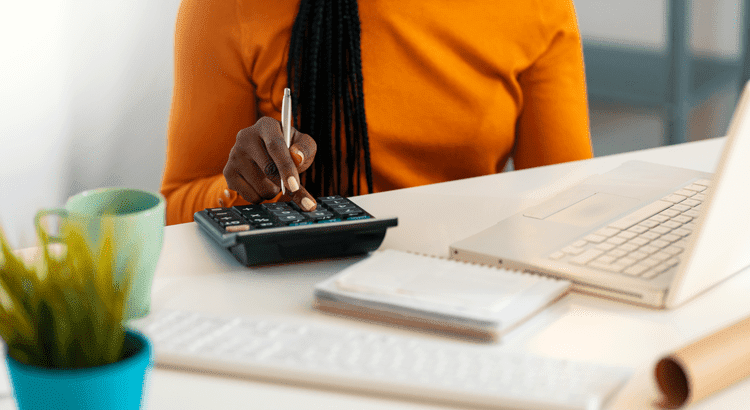What To Save for When Buying a Home
February 19, 2025

Knowing what to budget for when buying a home may feel intimidating—but it doesn’t have to be. By understanding the costs you may encounter upfront, you can take control of the process and be financially prepared.
As your local lending expert and owner of Lend Mortgage Solutions, a local mortgage brokerage, I’m here to break down the key expenses you should plan for when purchasing a home.
1. Down Payment
Saving for your down payment is likely top of mind. But how much do you really need?
A common misconception is that you have to put down 20% of the purchase price. But that’s not always the case. Unless your loan type or lender requires it, you may be able to put down as little as 3.5% or even 0% with certain home loan programs.
An article from The Mortgage Reports explains:
“The amount you need to put down will depend on a variety of factors, including the loan type and your financial goals. If you don’t have a large down payment saved up, don’t worry—there are plenty of options available . . .”
As a trusted local lender, I can walk you through different loan types, explain down payment assistance programs, and help you determine what works best for your financial situation.
2. Closing Costs
Make sure you also budget for closing costs, which are a collection of fees paid to the various parties involved in your transaction.
According to Bankrate:
“Mortgage closing costs are the fees associated with buying a home that you must pay on closing day. Closing costs typically range from 2 to 5 percent of the total loan amount, and they include fees for the appraisal, title insurance and origination and underwriting of the loan.”
A local mortgage brokerage, like Lend Mortgage Solutions, can help you understand the specifics of closing costs and what you need to budget for. I’ll also provide a Loan Estimate so you’ll have a clear picture of how much to set aside before closing day.
Bonus Tip: In some cases, the seller may cover some of your closing costs. I’ll work with your real estate agent to explore this option if it applies to your situation.
3. Earnest Money Deposit
To strengthen your offer, you will want to budget for an Earnest Money Deposit (EMD).
According to Realtor.com, an EMD is typically 1% to 2% of the total home price and is paid to show good faith when you make an offer on a house. However, it’s not an additional expense—it goes toward your down payment and closing costs if your offer is accepted.
Realtor.com explains:
“It tells the real estate seller you’re in earnest as a buyer . . . Assuming that all goes well and the buyer’s good-faith offer is accepted by the seller, the earnest money funds go toward the down payment and closing costs. In effect, earnest money is just paying more of the down payment and closing costs upfront.”
While an EMD isn’t required, it can make your offer more competitive and most offers include one—especially in a multiple-offer situation. I’ll work with your real estate advisor to determine the best strategy for your local market.
Bottom Line
The key to a successful homebuying savings strategy is understanding what to expect so you can plan ahead with confidence.
When you work with a local lending expert and a trusted local lender, like Lend Mortgage Solutions, you’ll have the right guidance, loan options, and financial insights to make your home purchase as smooth as possible.
Let’s chat about your homebuying goals and get you pre-approved today!
Let’s make your homeownership dreams a reality!

 Ready to Move Forward?
Ready to Move Forward? Choose Your Loan Officer →



